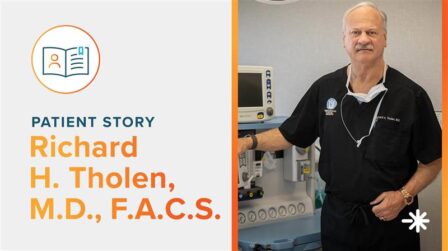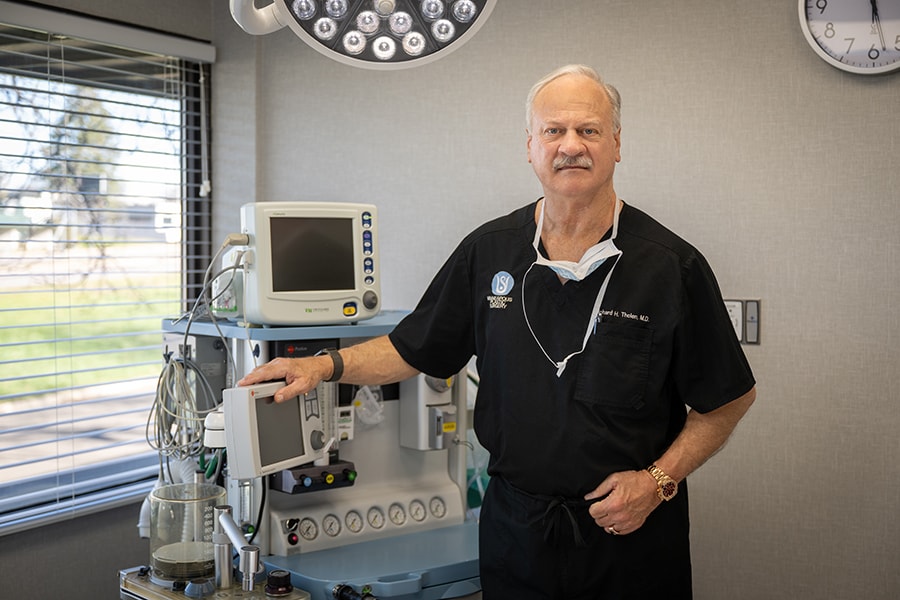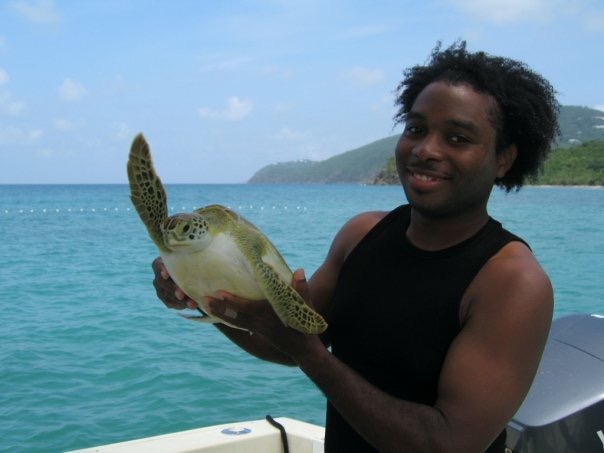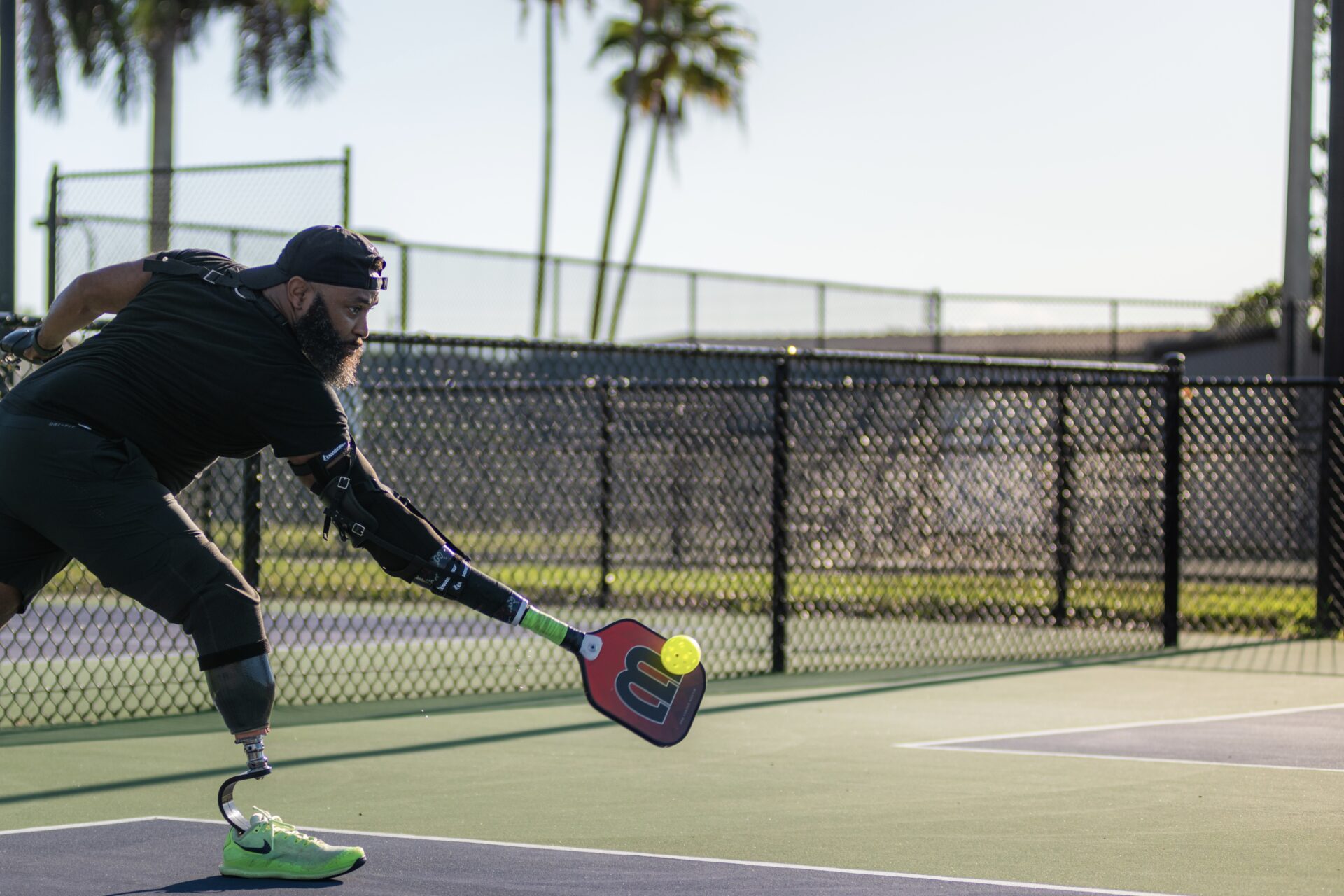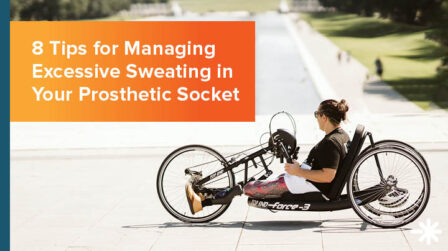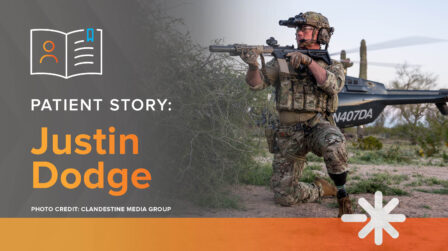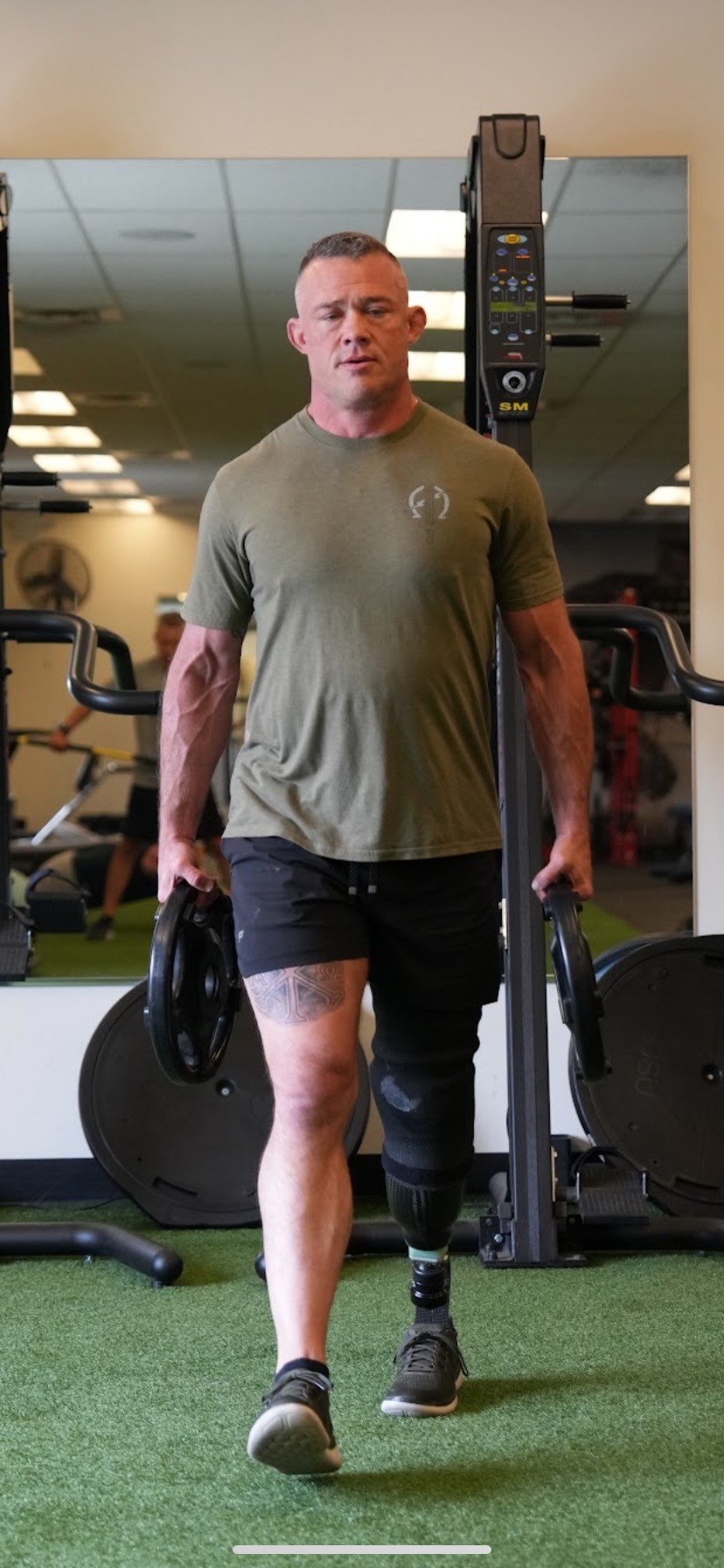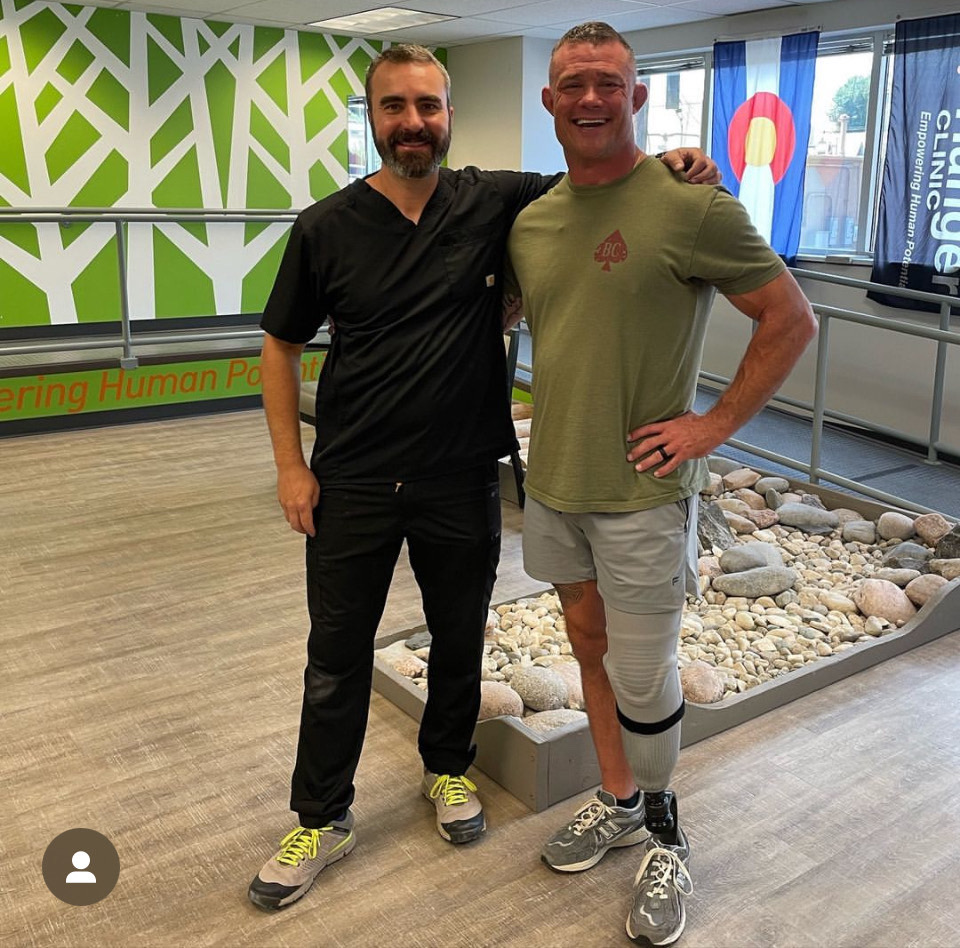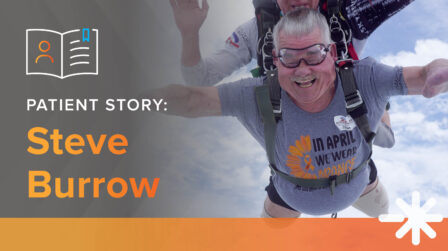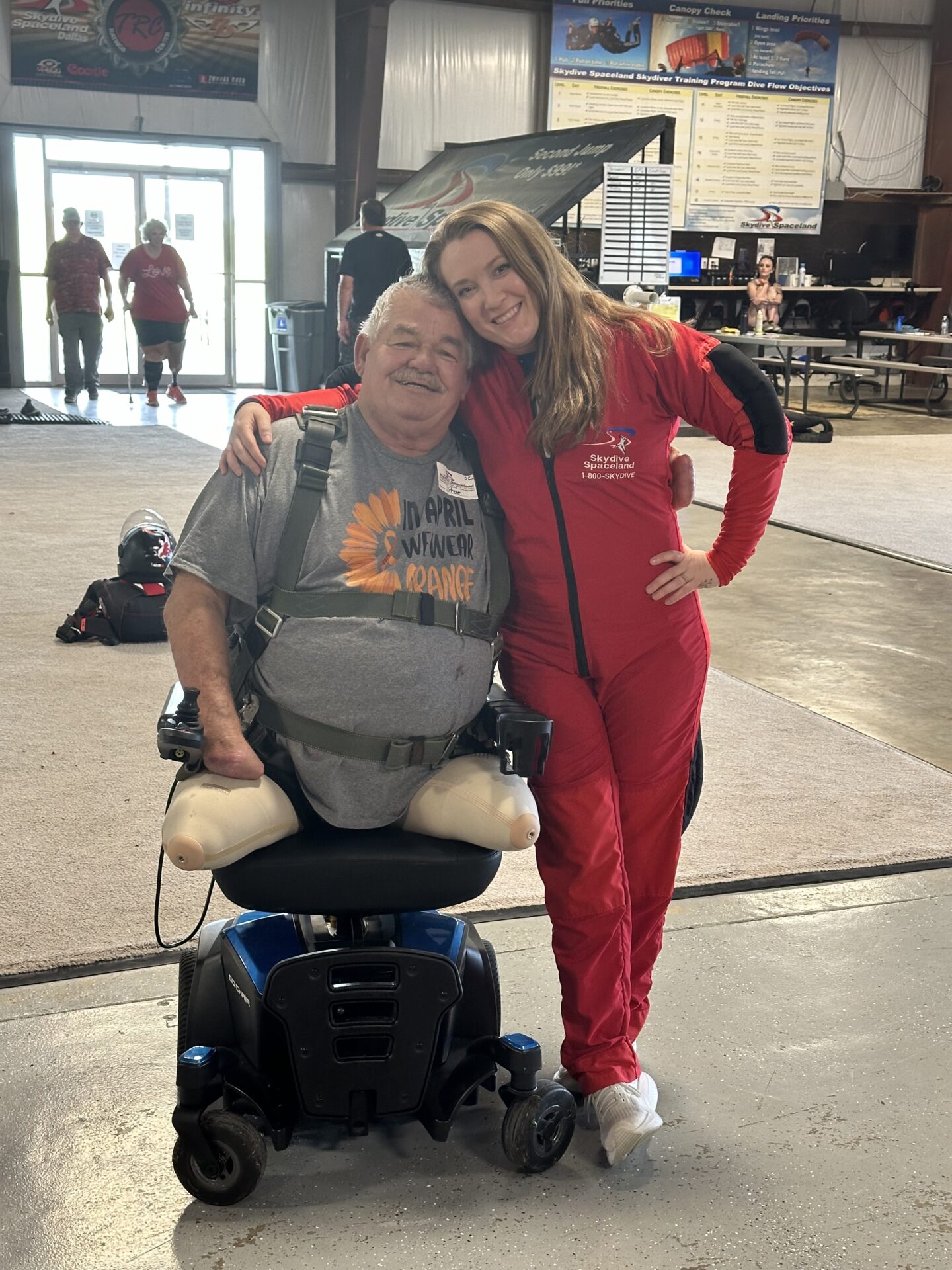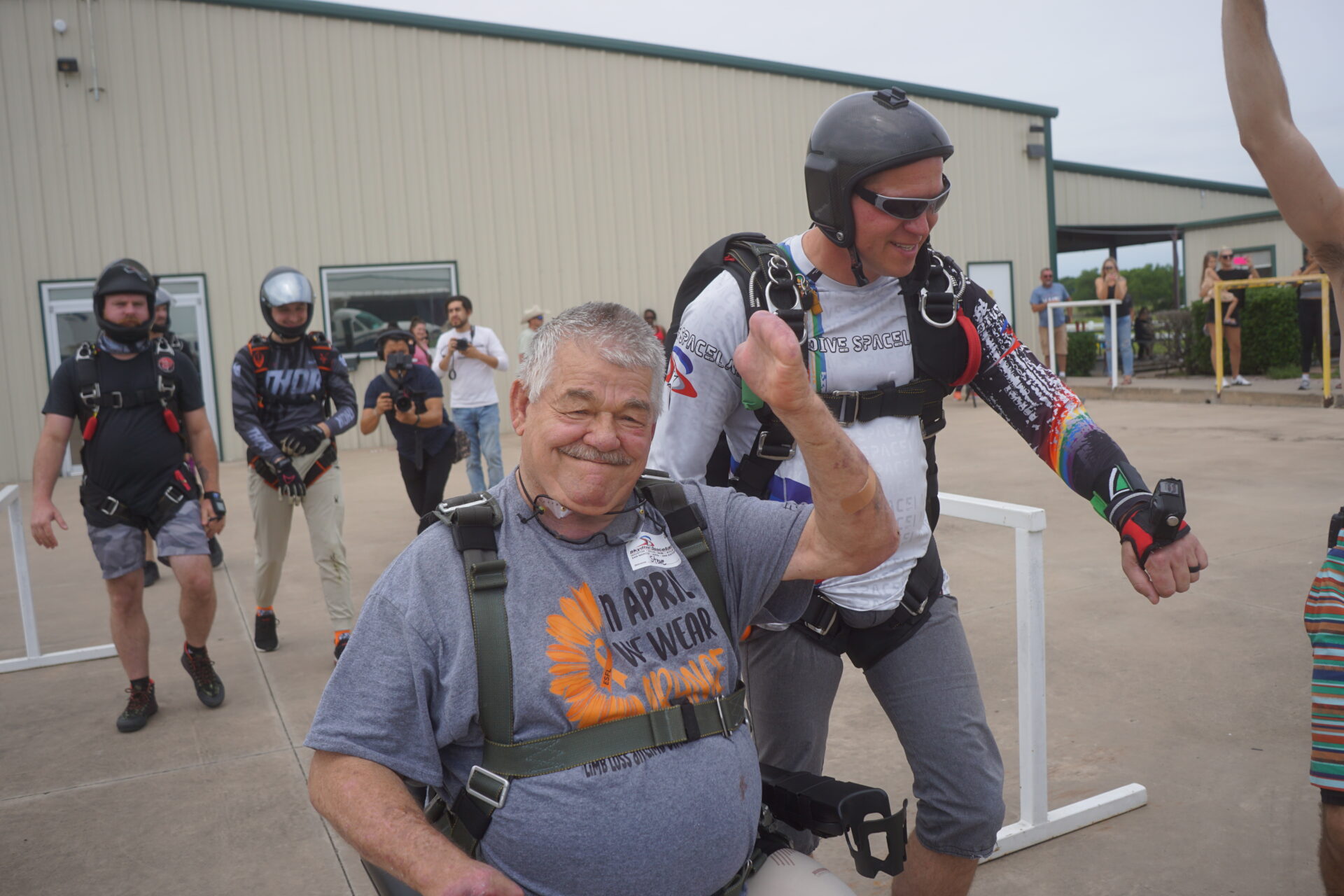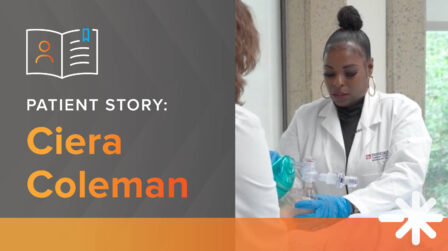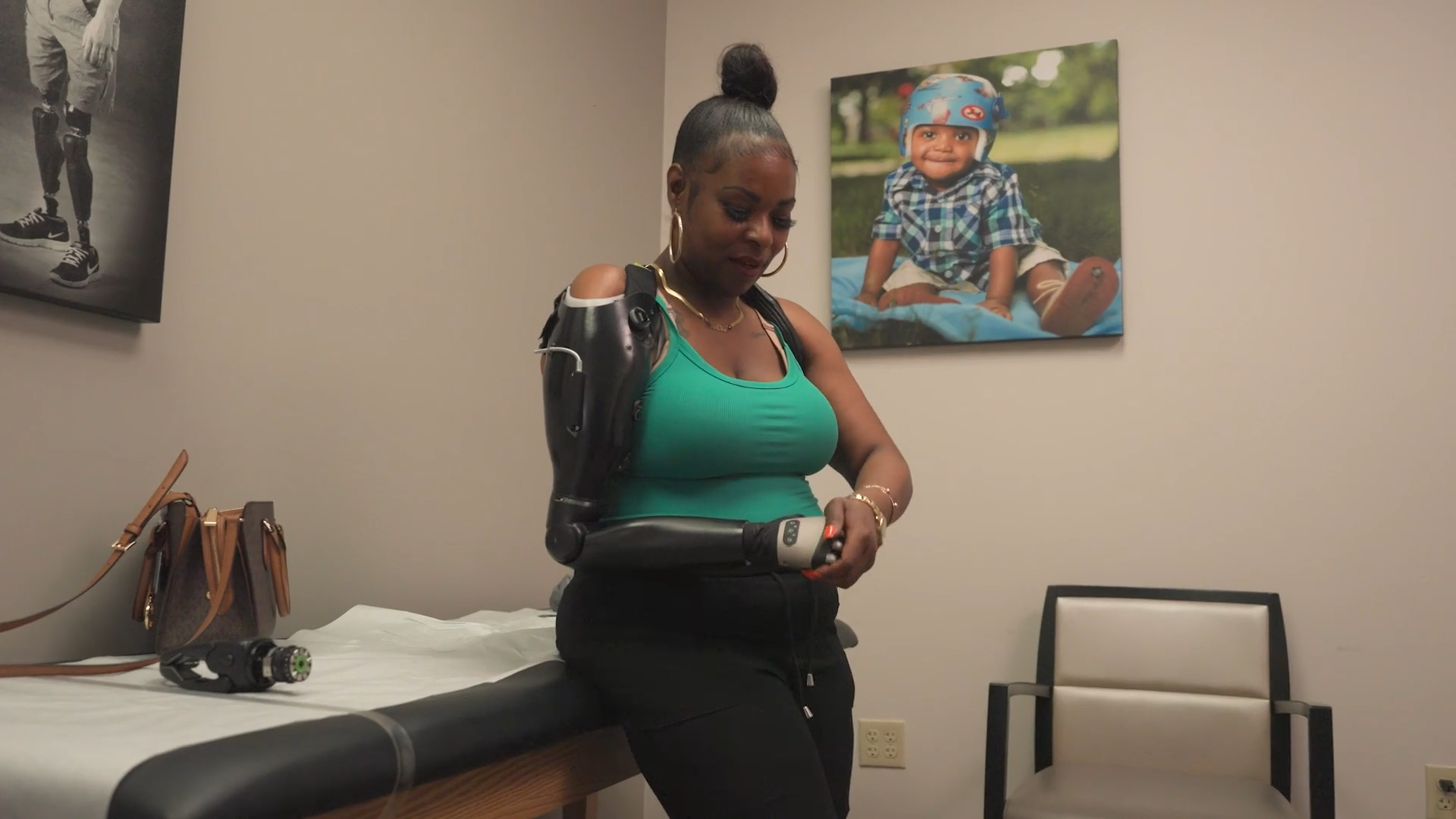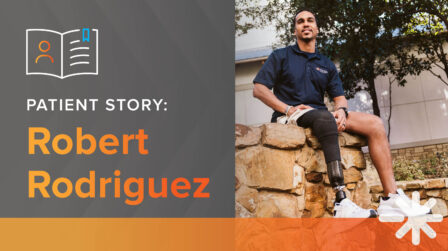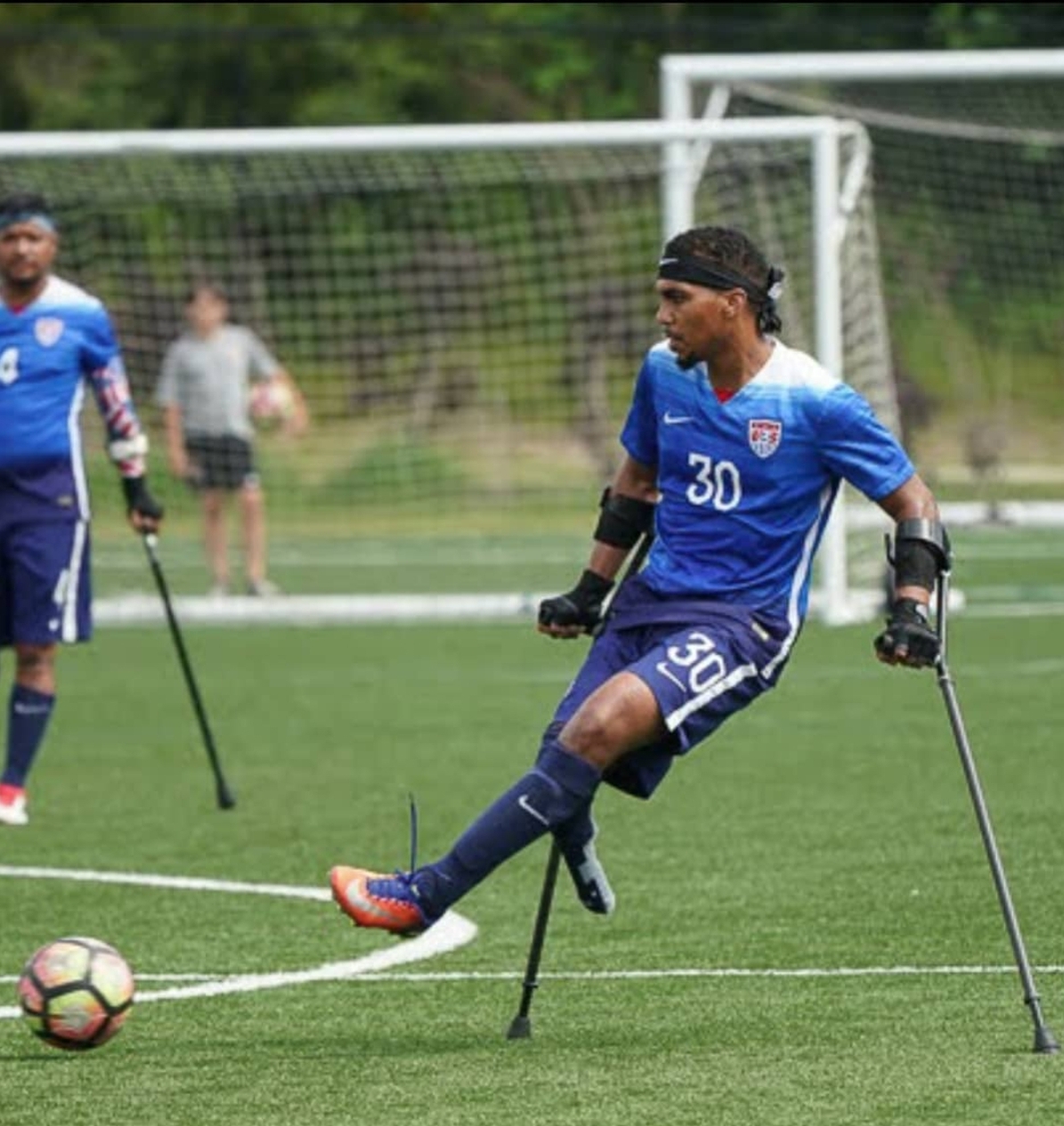Nicole Grehn survived against all odds but lost both of her legs as a result of her traumatic experience. Now, she is giving back to others in the amputee community and beyond through her work as a trauma nurse at the hospital that saved her life.
On June 28, 2015, then-24-year old Nicole Grehn’s life changed forever. Nicole was on her way home from a graduation party when she unexpectedly collapsed in a gas station in a small town in Wisconsin. As fate would have it, the gas station was across from a hospital, where an ambulance had just pulled in—this stroke of luck would save Nicole’s life, though the fight was just beginning.
Over the course of 36 hours, Nicole’s heart stopped 78 times. She was shocked, induced into a coma, and put on a machine to keep her heart beating. During what resulted in a nine-day coma, Nicole’s heart was pumping at only 10 percent, causing her limbs to suffer from insufficient blood flow. Nicole was on the brink of death, and medics gave her family little hope of survival.
When Nicole came out of the coma, she found that doctors had been forced to amputate both her legs above the knee, to prevent severe septic shock and keep her alive. For a healthy, active young woman who had been a high school and college cheerleader and competitive swimmer, the loss of mobility was devastating. Nicole wasn’t sure what the rest of her life would look like.
Three months later, the medical mystery of Nicole’s heart was solved when she was diagnosed with catecholaminergic polymorphic ventricular tachycardia (CPVT), a rare genetic condition characterized by abnormal heart rhythm. The inherited gene mutation had gone undetected for 25 years.
Shortly after her diagnosis, as Nicole was beginning the long process of rehabilitating and learning to walk again, she discovered Hanger Clinic’s Bilateral Above-Knee (BAKA) Bootcamp in Oklahoma City. Not knowing many other amputees and unsure what was even possible for someone missing both legs above-the-knee, Nicole decided to attend. It was at the 2016 BAKA Bootcamp that Nicole met other bilateral above-knee amputees who inspired her with their amazing stories and drive to walk independently with the help of peer support, hard work, and custom-designed prosthetic devices. On April 6, 2016, Nicole decided to leave her wheelchair for good.
“No one can prepare you for the emotional healing that happens at BAKA Bootcamp. It was there that, for the first time, the old Nicole started to come back out, and then new layers of me grew,” said Nicole.
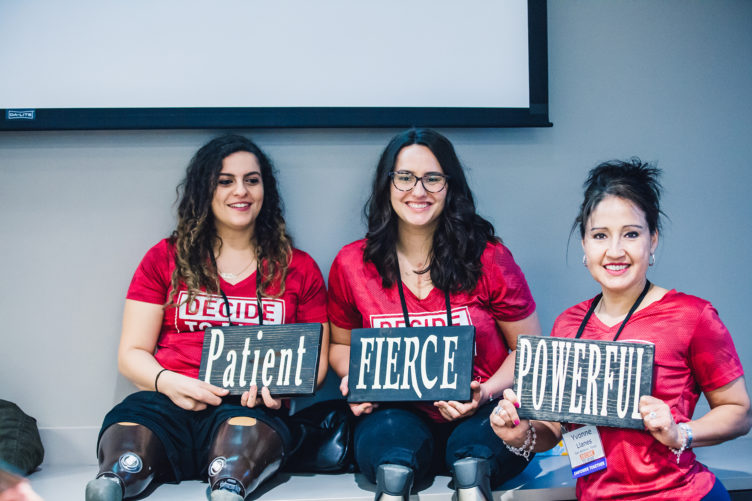
I found Hanger Clinic and their amazing bootcamp for bilateral above-knee amputees. I was inspired … and have become part of a new family – my amputee family.
Nicole Grehn
Showing that anything is possible with enough dedication and a strong support system, Nicole is now a full-time, independent prosthetics user who has set challenging goals for herself and achieved them all. At the time of her collapse, Nicole had recently graduated from college with a BA in Biology and was working as a certified nurse’s assistant. After attending BAKA Bootcamp in 2016, Nicole decided to go back to school, and in December 2017, she graduated from Marquette University with a Master of Science in Nursing.
Nicole worked as a nurse at the same hospital in Milwaukee that saved her life, helping give back to the trauma patients from the unique vantage point of someone who has been through a similar struggle. She then worked to become a Doctor of Nursing Practice, and is now a nurse practitioner bringing expert care to her patients, including many who use prosthetics.
“Nursing school helped me learn to walk,” said Nicole. “I put my legs on every day to walk to school and the halls of the hospital. I worked in orthopedic trauma, so I had patients who had recently experienced an amputation, and I realized I could make a real impact on their lives. That’s why I decided to become a nurse practitioner. I personally understand what it’s like to be an amputee navigating the health care system and wanted to give back to my community so they can get the devices and care they need.”
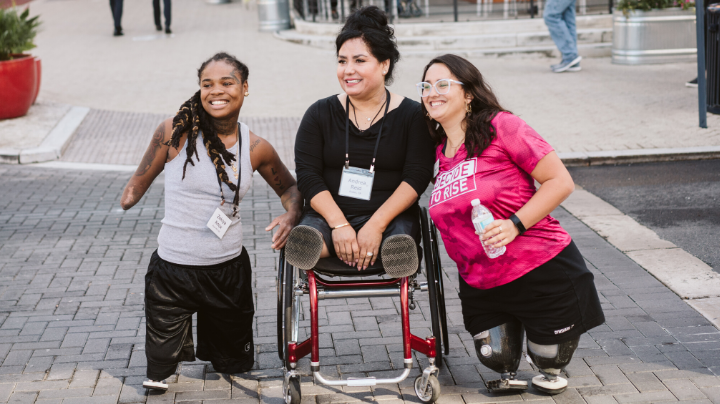
I would never take my legs back at the expense of the friendships I have made, the love I have received, and my clear calling and purpose in life. I wouldn’t trade that for anything.
Nicole Grehn
In addition to her academic pursuits, Nicole currently mentors children and teens with limb loss and limb difference around the country at Camp No Limits. Through her career and volunteer work, Nicole’s unwavering goal is to help others in the amputee community.
Nicole shared, “I truly enjoy being a mentor with Hanger Clinic and at BAKA Bootcamp. I get to teach people how to walk again, and see myself in them. My purpose in life is to have joy and bring joy.”
See Nicole on NBC Nightly News
In 2018, NBC Nightly News featured Nicole’s inspiring story.

